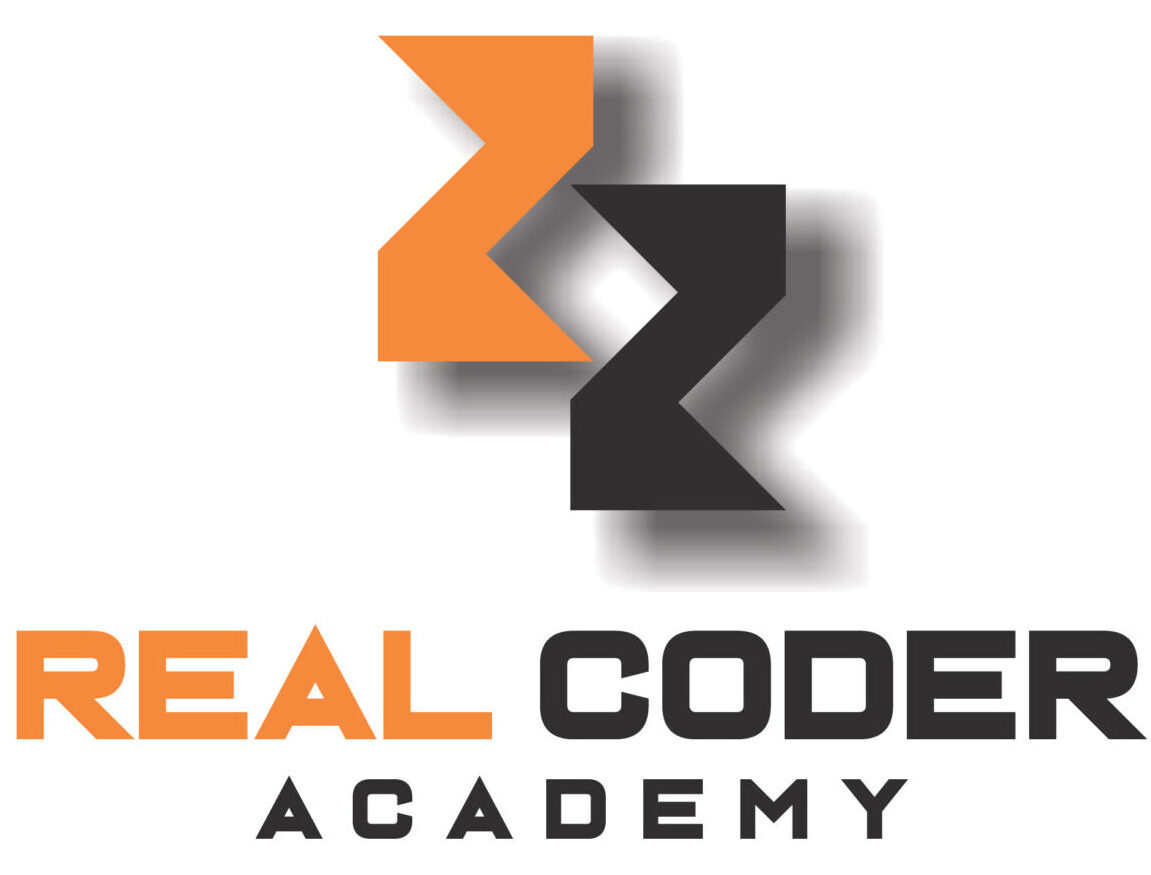Table of Contents
Why understand Linux licenses?
In the Linux ecosystem, software licenses define how software can be used, modified, and distributed. Understanding these licenses is essential for developers, businesses, and users to ensure compliance and make informed decisions about software usage.
The Linux world thrives on open collaboration. But with this freedom comes the responsibility to understand how software is shared and used. This is where software licenses come into play. They define the rights and obligations associated with using, modifying, and distributing Linux software.
Criteria of Free Software
Criteria of Free Software: The term “free software” doesn’t refer to price but rather to freedom. The Free Software Foundation (FSF) outlines four essential freedoms that define free software:
- The freedom to run the program: Any purpose, any platform.
- The freedom to study and modify the program: Understand how it works and make changes.
- The freedom to redistribute copies: Share freely with others.
- The freedom to improve and distribute modified versions: Contribute to the community.
These criteria ensure that software remains free regarding usage, modification, and distribution.
Free Software vs. Open Source Software
Free Software
Free software, defined by the Free Software Foundation (FSF), emphasizes the user’s freedom to use, study, modify, and share software. The term “free” refers to liberty, not price.
Open Source Software
Open source software, as defined by the Open Source Initiative (OSI), focuses on the practical benefits of shared development and the availability of source code. It emphasizes the collaborative nature of software development and the improvement of software quality through community contributions.
Open Source Philosophy
The open-source philosophy is rooted in the idea that software should be freely available for anyone to use, modify, and distribute. This approach promotes transparency, collaboration, and innovation. Key principles include:
- Transparency: Source code is accessible, allowing users to understand how the software works.
- Collaboration: Encourages community contributions, leading to rapid development and improvement.
- Innovation: Open source fosters innovation by enabling developers to build upon existing work.
The Licensing Landscape: Key Players and Concepts
Open Source Initiative (OSI): The OSI is a non-profit organization that promotes open-source software. It maintains a registry of open-source licenses that comply with its definition of open-source. They ensure that software remains open and accessible while protecting the rights of developers and users. Major categories include copyleft and permissive licenses. Learn more about open-source licenses here...
Free Software Foundation (FSF): The FSF champions the free software movement. They develop and promote free software licenses, like the GNU General Public License (GPL), which enforces the four essential freedoms. They maintain the Open Source Definition (OSD), which is a set of criteria that software must meet to be considered open source. The OSI also approves licenses that comply with the OSD.
Copyleft vs. Permissive Licenses: These represent two main categories of open-source licenses:
- Copyleft licenses (e.g., GPL): Modified versions of the software must be released under the same or similar copyleft license. This ensures the continued freedom of the software.
- Permissive licenses (e.g., BSD license): Grant wider freedoms. Users can modify and distribute the software, even in proprietary applications, without releasing their modifications under the same license.
Understanding Common Licenses
GPL (GNU General Public License): Arguably the most popular copyleft license. It ensures the freedom of the software and its derivatives. Popular examples of GPL-licensed projects include the Linux kernel itself and many GNU utilities.
BSD license: A permissive license allowing open-source and closed-source modifications and distributions. Popular projects like FreeBSD and OpenBSD use BSD licenses.
Creative Commons: While not specific to software, Creative Commons licenses can be used for software documentation or other creative assets associated with an open-source project. They offer a spectrum of permissions, allowing control over how content can be shared and modified.
Examples
- Creative Commons Attribution (CC BY): Allows any use with attribution.
- Creative Commons Attribution-Share Alike (CC BY-SA): Requires derivatives to be licensed under the same terms.
Terminology: Let’s clear up some common terms:
FOSS (Free and Open Source Software): An umbrella term encompassing free and open source software.
FLOSS (Free Libre Open Source Software): Similar to FOSS, it emphasizes the “libre” aspect (freedom) associated with free software.
Business Models for Open Source
Open source doesn’t mean any revenue. Many companies successfully build sustainable businesses around open-source projects. Here are some common models:
- Support and Services: Offering professional support, training, or custom development for open-source software.
- Dual Licensing: Providing a free, open-source version and a commercially licensed version with additional features or support.
- Subscription Services: Providing premium features or access to private repositories through a subscription model.
Conclusion
Understanding the different Linux licenses is essential for anyone involved in the Linux ecosystem. Each license type has its philosophy, terms, and implications for how software can be used, modified, and distributed.
Understanding software licenses empowers you to make informed decisions in the Linux ecosystem. Knowing your rights and obligations is crucial whether you’re using, modifying, or contributing to open-source projects. Remember, different licenses cater to various needs. Choose the one that best aligns with your project’s goals and your commitment to the open-source philosophy.







Leave A Reply